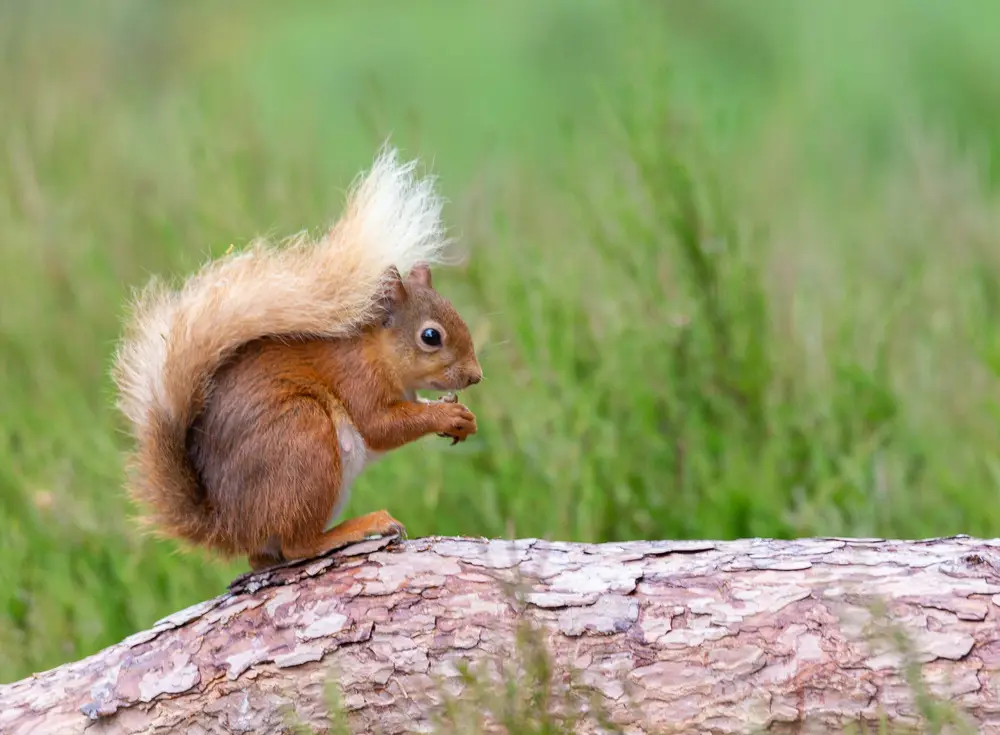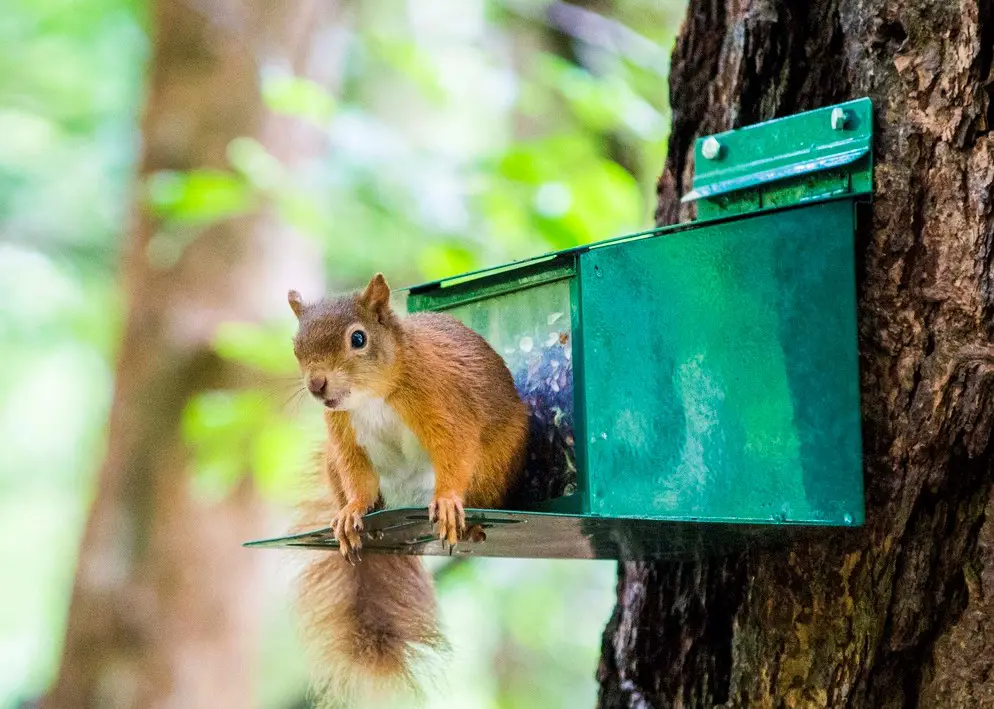Squirrel facts
The red squirrel is one of our favourite forest dwellers. Bright and colourful with a cheeky personality, they’re a perennial favourite. Here are a few interesting facts you might not know about this compact critter.

Double-jointed
The red squirrel has double-jointed ankles allowing it to climb up and down trees with immense agility. Being so flexible allows them to grip on precarious branches and leap between trees with confidence.
Hoarders
Red squirrels don’t hibernate. While they do go around in late summer and autumn collecting nuts and seeds for the winter, they stay very much awake through the coldest season, though are slightly less active. Much like humans really!
Fast learners
Red squirrel kittens are weaned and ready to fend for themselves at just 10 weeks of age. At this time they will have developed a full set of teeth and be ready to strike out on their own.

Peter Cairns/2020VISION
The messenger
In Norse mythology, the red squirrel Ratatosk lived in the great tree, Yggdrasill, and carried messages between the tree’s various occupants. Most often this consisted of insults between Veðrfölnir, the wise eagle at the top of the tree, and Níðhöggr, the serpent who inhabited the tree’s roots in the underworld.
Revered
Native American traditions show the red squirrel as a symbol of trust and thrift. As a spirit guide, the squirrel is nurturing, caring, and always on the go.
Quick thinkers
Studies have shown squirrels to be highly adept at problem solving, and furthermore, are able to store knowledge for up to two years.
High jumpers
A red squirrel can jump up to 2m high, while standing only 25cm tall. To put this in perspective, that would mean a 175cm human (5’9”) being able to jump a massive 14m high!

Small stature
Red squirrels are almost half the size of greys, averaging around 300g while a grey squirrel averages 540g. This size discrepancy is part of the reason grey squirrels have pushed out reds from large areas of the UK.
On a high
Red squirrels spend much of their time above ground in the trees, especially compared with grey squirrels who are often found on the forest floor. This behavioural trait is partly why it is believed pine martens could help red squirrels. Pine martens prey on squirrels, but the reds are often too high and nimble, while the greys are slower and often on the ground, making them easier prey and potentially controlling their numbers.